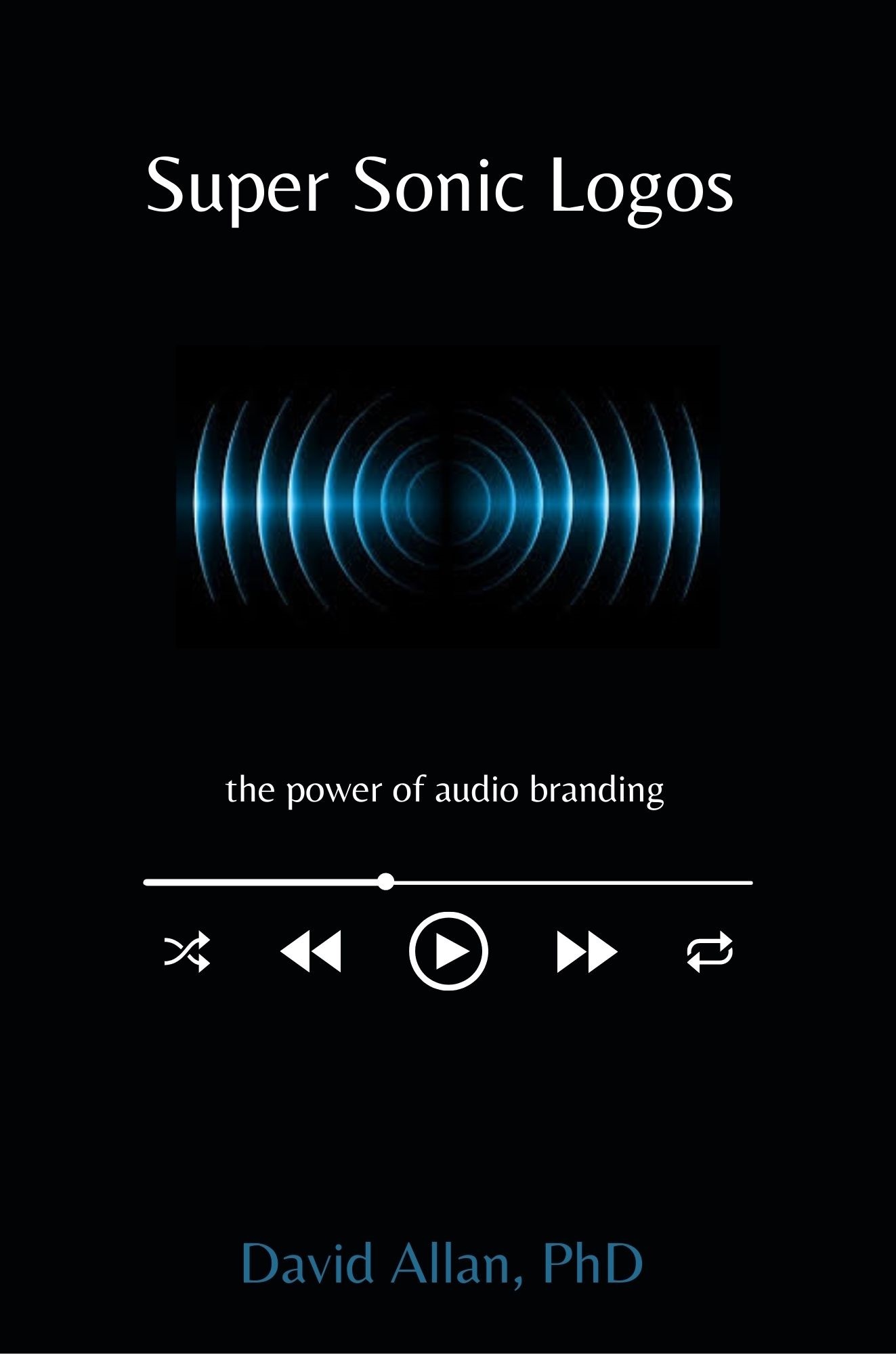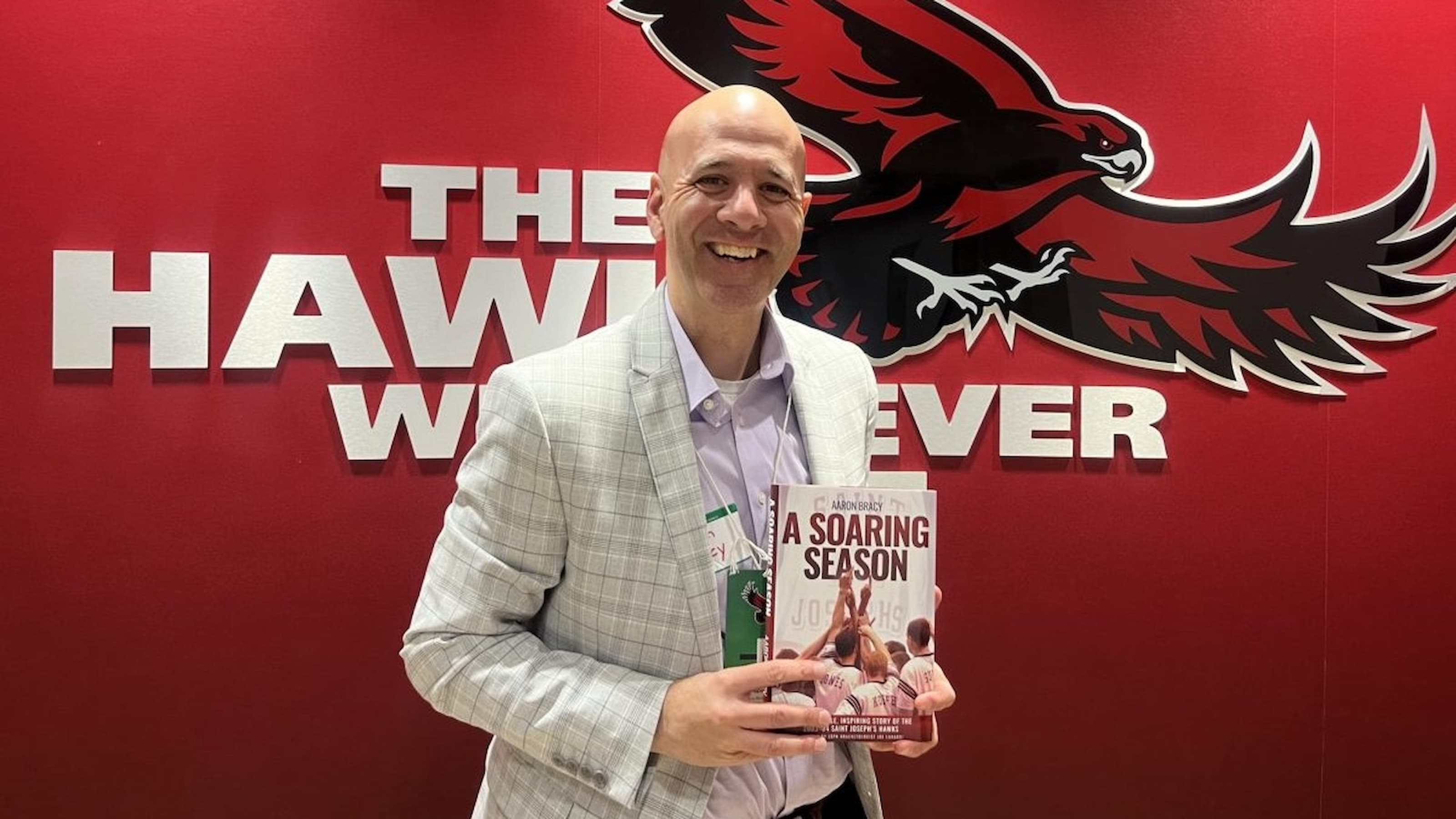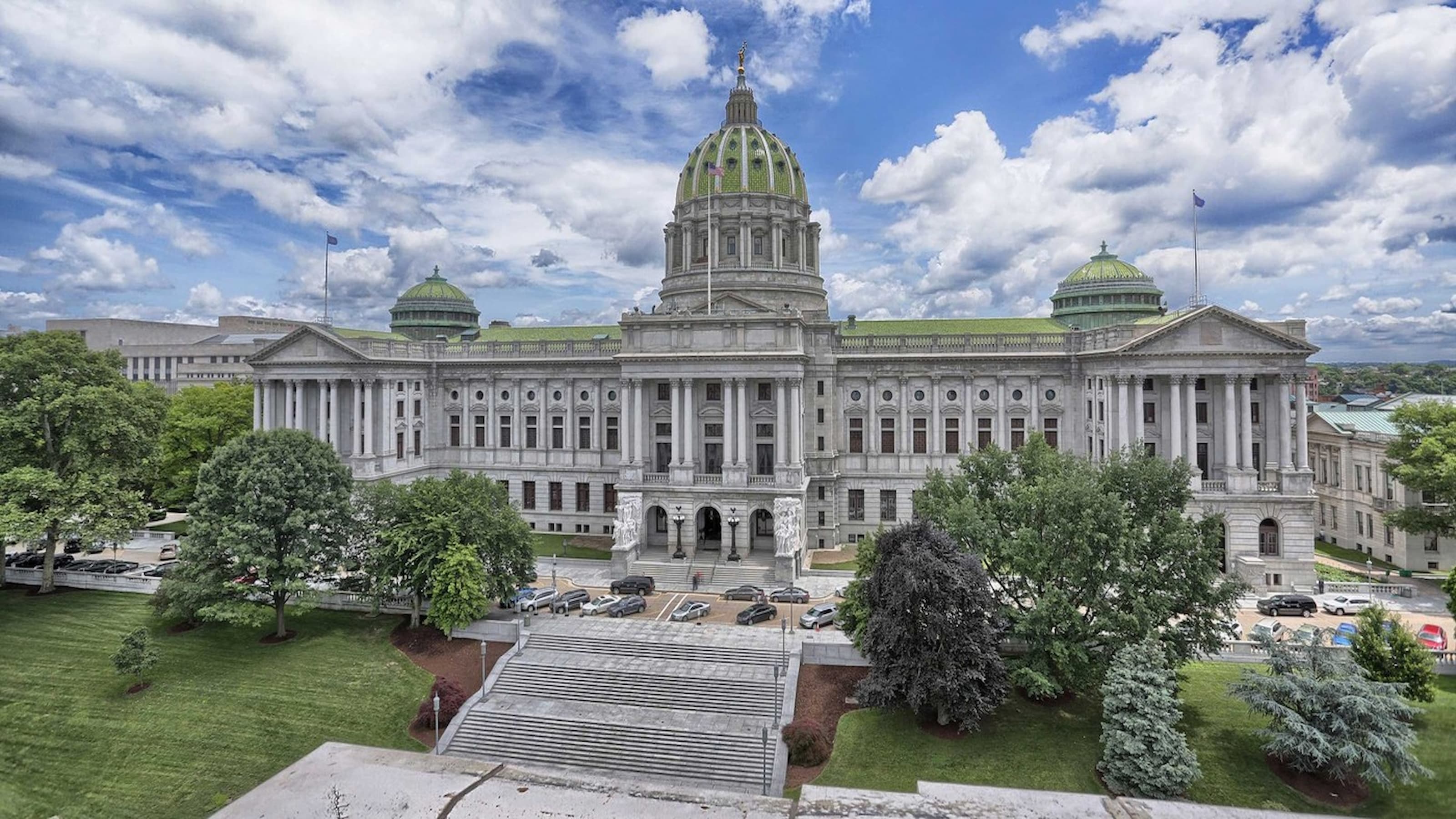Music to Your Earworms? The Power of Sonic Logos.
Sound has always been a powerful element – not only in movies, television, media and sports, but also marketing. In his new book, David Allan, Ph.D. examines the importance of sonic branding in marketing.
 NBC’s three-note chimes are one of the most recognizable audio logos on television.
NBC’s three-note chimes are one of the most recognizable audio logos on television.
A new book by Marketing Professor David Allan Ph.D., “Super Sonic Logos: The Power of Audio Branding,” takes a look at 10 of the best sonic logos and their creators. From “Jaws” to “Law and Order,” Coca-Cola, McDonald’s and T-Mobile, a sonic logo’s distinctive notes are instantly recognizable.
What are sonic logos? Think of them as musical nicknames. They are the sound signatures that serve as the “voice” of the brands they represent. Each is “typically between three and six notes,” writes Allan, “with limited research that suggests that six is optimal to influence a consumer’s willingness to buy.”
Super suggests excellence. Sonic means sound. Logo is a symbol. Put them together and you can hear the power of audio branding.”
Excerpts from an interview with Allan reveal the story behind these memorable notes that we hear every day.
 What is audio or sonic branding and is it different from a sonic logo?
What is audio or sonic branding and is it different from a sonic logo?
The terms audio and sonic are interchangeable, and I use both in the title of the book. But, there’s a difference between branding and logos. Just like people have full names and nicknames, if you whittle a sonic logo all the way down to its nickname, that’s a pretty good clarifier of what it means.
What was your motivation for choosing this topic?
Not surprisingly, because of my background coming from radio, I wanted to bring that love of audio to my academic career. There’s always music on; it’s the background to my life. When I hear a song or an artist or a disc jockey, I’m always sort of mentally processing, either critiquing the announcer, or remembering the group and remembering where I was when I first heard them.
In the book, you mention that our olfactory system, our sense of smell, is wired to memory. Is the same true of listening to music?
Yes. Psychologists call it episodic memories or autobiographical memories that are triggered by certain things in our life and music certainly does that. I can remember a time and place, based on the songs that I hear – where I was, what I was thinking when I first heard it.
Is there some magic formula about the three to six notes in a sonic logo that makes it memorable?
The composers in the book had a commonality; they were looking for notes, or a note in the case of “Jaws,” that would then become the sort of doorbell for that brand, or that movie or television show. Something uniquely owned by that entity forever.
So, it had to be attention-getting; it had to be memory-building; it had to create a good attitude that would then be reinforced each time it was heard. And then the more times it was reinforced, the better the memory, something that would act as a trigger.
What is the power of sonic logos and why are they so important?
In the case of the people who make these things, they take it very seriously, which is evident in the time and money invested by some of these huge corporations in getting those correct notes.
Take the case of MasterCard, which is featured in the book. They're thinking about music branding every single day and how they can work that in. In the age of smart speakers and using credit cards at retail establishments, they want to have some kind of sound. You hear that sound when somebody is using a card to check out. And they want people to look around and go, “Oh, that's MasterCard.” That's where it really transcends just putting a song in a commercial.
This began in the 1950s with the NBC chimes. Is sonic branding any more or less important today than it was then?
For NBC, it was just sort of utilitarian. They needed a practical way to tell their affiliates it was the top of the hour and programs were changing. Decades later, it's being looked at as the grandfather of all audio logos.
Fast forward to today, and you have TikTok, for example, and consumers wanting more snackable advertising. Certainly, a sonic logo is snackable audio branding from an advertising standpoint. Music in advertising might be a meal or a full course, and an audio logo is just a snack.
Where do you think it's headed? Do you think we'll ever go back to having full meals or will we always snack?
I'd be surprised if long-form audio branding in advertising comes back because advertising is getting smaller and smaller. That doesn't mean that full-blown music on brand’s websites or as part of entertainment programming will not have its place. Each part of it should have its place, as part of a small-medium-large kind of strategy.
Are you going to explore this topic in your upcoming marketing courses?
Yes, this fall the students in my music marketing class are going to read the book. Some of the people in the book will Zoom into class when I cover their chapter. I also have a podcast called “Marketing Musicology” with interviews with all the people in the book, so students can hear them talk about their work.
"Super Sonic Logos: The Power of Audio Branding" was funded in part by a grant from Michael J. Morris. David Allan has published extensively in academic journals and is the author of two previous books: "Hit Play, Soundtracks and Playlists in Everyday Life", which explores music as the soundtrack to our lives, with suggested playlists included with each chapter, and "This Note’s For You: Popular Music + Advertising = Marketing Excellence", which takes the reader behind the curtain of some of the best popular music in advertising campaigns. He is also host of the podcast "Marketing Musicology", with insights from industry thought leaders on the intersection of music and marketing.



